- August 28, 2019
- All things Paris
- Jocelyn Wensjoe
There are many mysterious hidden places in Paris both above and beneath the city’s surface. There are six in particular that we doubt you knew about! Some of these familiar areas you’ll be able to visit, but the others are prohibited. This hasn’t stopped curious Parisians from paying these districts a visit and revealing undisclosed information that Theatre in Paris is also glad to share.
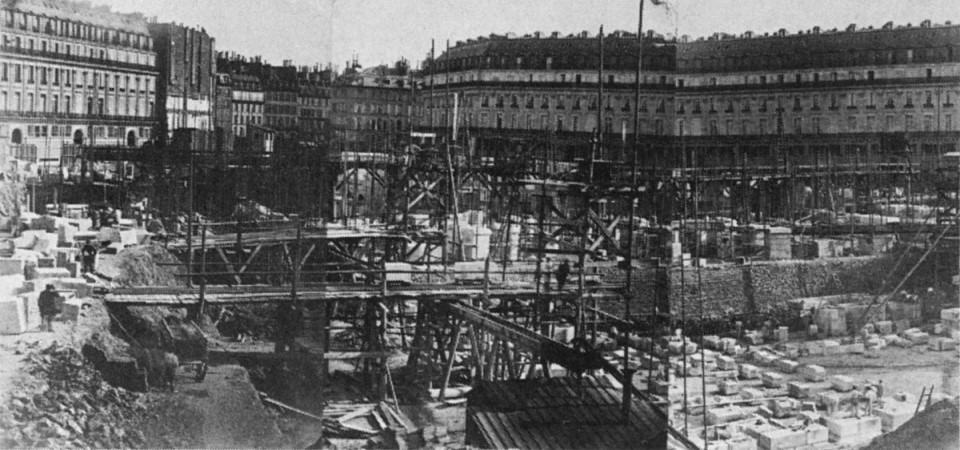
Construction of Palais Garnier 1861
Underground lake in Palais Garnier is not a myth
Everyone has heard of the Palais Garnier, it’s a monument where pure harmony takes place, where you can fancy Verdi’s La Traviata with your eyes closed humming along to the sound of the beautiful voice coming from the opera vocalist or let yourself be immersed in some of the most eminent performances known to men such as a ballet recital. Intriguing fact we bet you didn't know about Palais Garnier is that there is an underground lake! Shocking isn’t it? In fact, this underground lake is what inspired the famous Phantom of the Opera’s lair. How did this happen? During the assembly of the opera house basement in 1861 originally designed by Charles Garnier, construction workers dug too deep and realized that water was rising from underneath the ground. Though they tried everything to eradicate all the water for eight months, Garnier came up with the brilliant idea to use all that water as a citadel in case of a fire and so that is how a confined lake came to be beneath the famous Palais Garnier. Currently, firefighters from the city use the lake as a place to practice their diving. There you have it, the truth has been revealed, the underground lake of Opera Garnier is very much real, unfortunately, visitors are not allowed down there. The upside to this is the fact that you can visit the Opera house and watch an extraordinary performance while gazing up at every mysterious aspect Palais Garnier has to offer.
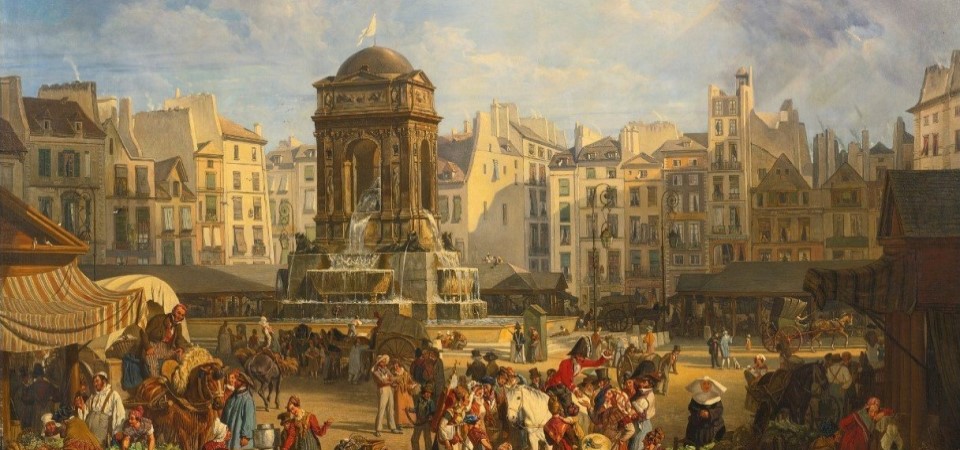
Chatelet Les Halles, largest graveyard in Paris
This unraveling truth about one of the frequently visited neighborhoods by tourists and favorite residing place for locals due to its location in the center of Paris might provide you with a sense of unsteadiness. It may be overlooked by some tourists and even by locals, but the fountain of the innocents (the oldest public fountain in Paris) located in Chatelet Les Halles once marked one of the most petrifying moments in Paris during the 16th century. The fountain placed on the first arrondissement lead the way to the largest burial grounds in Paris during the middle ages. The cemetery was initially founded outside the city walls, but as the deaths kept increasing more space was needed, therefore the burial grounds were amplified towards the city center. Feeling chills yet? The graveyard was used to bury people who were too poor to afford a proper burial at the time. As years passed the number of bodies buried in the city was out of control, the remains would rise from the ground and travel throughout the city and even float on the Seine river. The smell was horrendous, and the health risks were lethal, this is when the city decided to move the bodies to what is known today as the famous Catacombs of Paris. The cemetery was officially closed in 1785, as markets opened, and the district slowly started to become a popular site. The iconic monument that not many people know about is still preserved until this day if you have the time it would be worth your while to pay the fountain a visit now that you know about its history.

Anyone up for watching a movie or swimming in the Parisian Catacombs?
Getting back to the subject based on the famous Catacombs of Paris, did you know there is a restricted area where a cinema had been found by the police? Surprised? Cause that’s not all they’ve found down there. Back in 2004, police searched the Catacomb caves and were flabbergasted when they found a full-sized cinema screen, a bar, and a restaurant! Can you imagine how many years this place had been around without us knowing about it? During a hot day it would of been nice to watch a movie in the catacombs or take a swim in a nice cool pool. Believe it or not, during hot summer days some Parisians are not interested in diving into public pools or go swimming in the Paris Plage by the Seine river they much rather swim in a dim and muggy pool located within the walls of the Catacombs in a hidden location. That’s right! There is a hidden pool somewhere inside the restricted Catacomb area but finding it would not be easy. We’ve got two words for you “mushroom bliss”, in the 19th century Monsieur de Chambéry discovered that wild mushroom was growing in the ground of the humid graveyard and decided that it would be a good idea to create a mushroom farm down in the Catacombs and started a trend. To this day it is said that farmers still grow mushrooms somewhere deep underground by the Catacombs. Eating mushrooms that grew in a burial ground doesn’t sound very appetizing, does it?
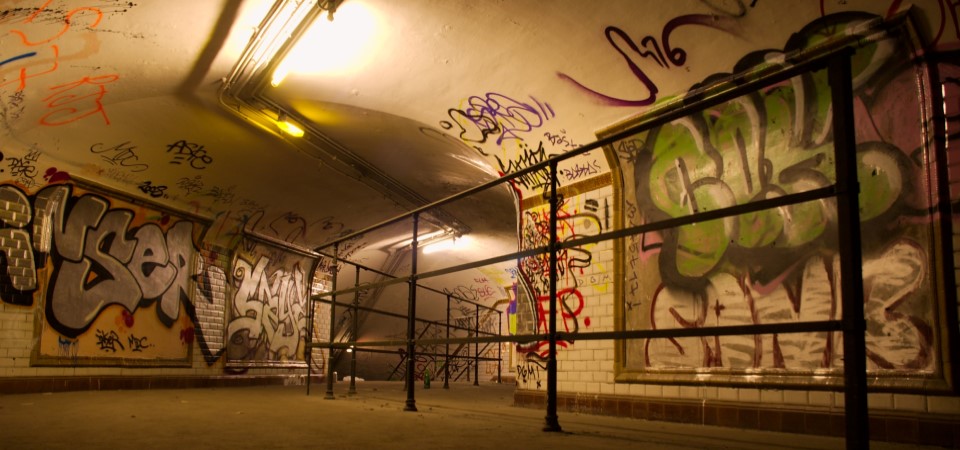
Abandoned metro stations
Talking about underground discoveries in Paris, did you know that out of 300 stations in the city 12 of them are abandoned? Some of these uninhibited stations are restricted while others are legal on some occasions, so if you’re looking to explore the ghostly underground metro stations in Paris just keep on reading. 3 metro stations are the most popular, considering the others aren’t as easy to reach. The first station The Port des Lilas was used to film two movies you might have heard about “Amelie” and “Good Time” starring Robert Pattison. Port des Lilas was completed in 1921 and ended up closing its doors in 1939. The second station is, in fact, open to the public during Heritage days, Haxo metro station also built-in 1921 was never used because officials believed it would be an unprofitable station. Why they designed this station for it to never be used is beyond our knowledge. Now it is still intact, yet its walls are occupied with graffiti. Underneath the iconic monument that is the Eiffel Tower lies another abandoned metro station by the name of Champ de Mars opened in 1913 and closed in 1939. Anyone would have predicted that Champ de Mars would have been a useful station considering many visitors from around the world and let's not forget you as well have either visited or have thought about visiting the Eiffel Tower. It closed down because back in the day it was considered unnecessary, this being the reason why it has not been open since. Arsenal which is now used as a training station for conductors was once opened in 1906 and closed in 1939. There were plans of renovating this station and turning it into an underground nightclub or an underground swimming pool back in 2014, unfortunately, Nathalie Kosciusko who was running for mayor and was the source to modernizing the abandoned station lost the race and Arsenal has yet to be re-opened. Can you picture yourself dancing in an underground nightclub that was once an important metro station back in the early 1900s? We would have a blast.
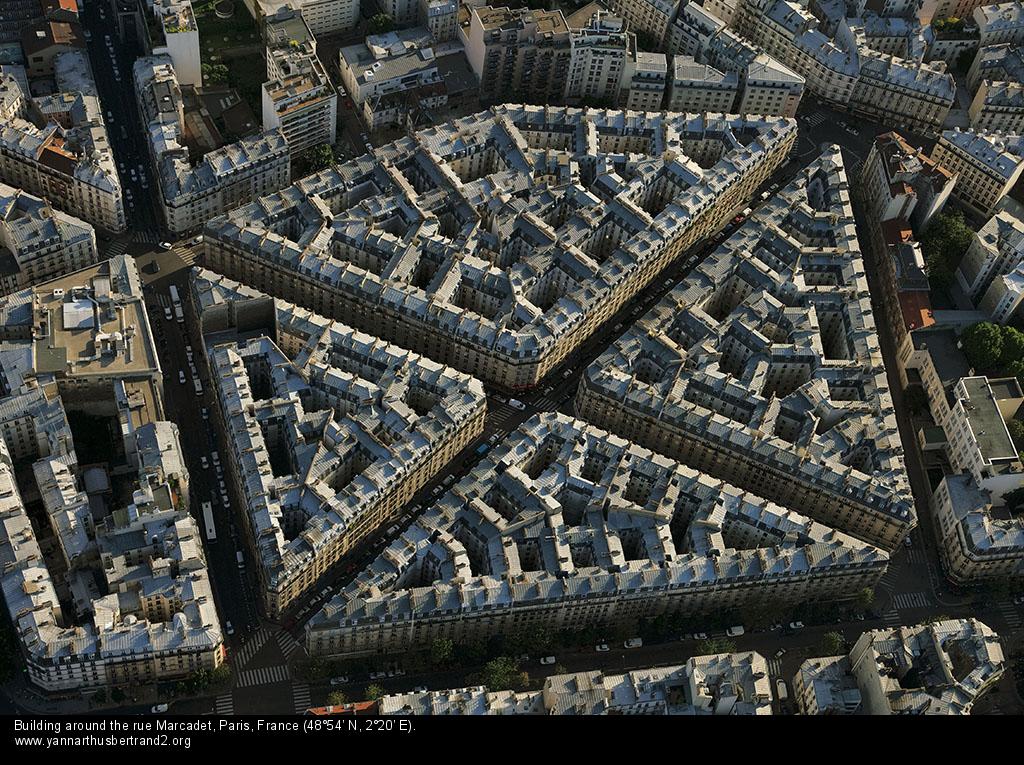
Photo property of thefunambulist ©
Labyrinth from the 1800s
If you think Paris’ architectural design is eloquent yet complicated, you have seen nothing yet! There are labyrinth designed buildings located in the 18th arrondissement in Paris that look normal from the outside, and that no one would have imagined that it was complex looking from within its walls. In the 19th century from 1852- 1870 the block of buildings was designed by Baron Haussmann (the man responsible for more than 60% of the building structures in the city) to house more than 10,000 workers during the transformation of Paris. If you can recall the Kowloon walled city in Hong Kong, then you can have grasp of what these buildings extended into two blocks resemble. If you walk near these residences, you’ll find that everything looks normal like any old building in Paris, but if you observe the buildings from the top you will notice how crowded and compressed the block of buildings look. There’s been rumors that these residences are so impenetrable and immense that in the past it hosted thieves of all kinds considering it was a difficult place for cops to search for them, it used to be a lot more maze like until some of the buildings were knocked down in 1993 to reduce the compression, of course, these are just rumors but who knows? Currently, the blocks have become homes to many locals.
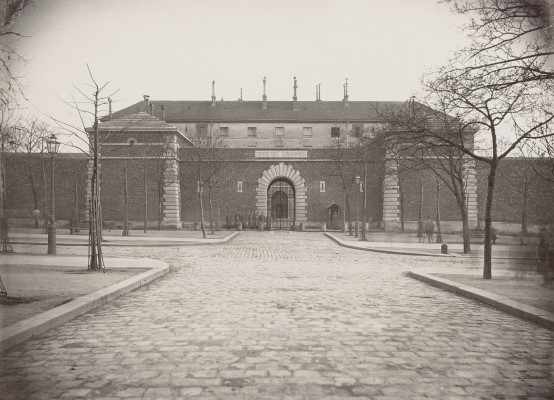
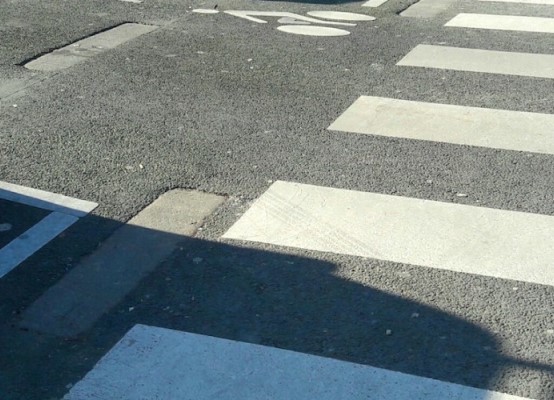
Photo property of unjourdeplusaparis ©
Off with their heads!
It might sound a little grim, but there’s a possibility that you have previously stepped on the pavement where 200 people were executed between 1851 and 1899. In the 11th arrondissement there are guillotine slabs where the Grande Roquette prison once existed, here is where felons being women, men, and even children were locked up or eradicated. The Grand Roquette prison was still around and in use, until the 1970s then in 1973 the state decided to demolish the building since it was too big and taking up much space in the 11th district. Petitions were demanding to not destroy the historical site, but the state had other plans. Now, all that is left of the guillotine device used to behead people in public are five particular slabs on the street, so if you walk by Square de la Roquette on rue Croix- Faubin keep an eye out for these rectangular strips.
Liked this article? Check out others like it from the Theatre in Paris blog:
- All The Best Paris Blogs
- Paris By Neighbourhood - Discover Secrets Around Every Parisian Street Corner
- The Remarkable History Of The Eiffel Tower





